To Know Your Heart Is To Love Your Heart
Go to Play Store and Download our saaol app
SHARAS
SHARAS Is Simplified Heart Risk Assessment And Rectification APP By Saaol
Science and art of living (SAAOL) Heart Safety Wheel is a Holistic Model for Prevention, Control and Reversal of Coronary Artery Disease. This model is very effective tool for reversal of coronary artery disease and many research studies (Abstracts) have been presented in international conferences and published in highly impact international journals.
Purpose of safety wheel is to prevent & control of heart attacks, which is now a major health concern issue all over the world.
Saaol Heart Safety Wheel contains 17 core modules, which are the main Cardiac risk factors leads to Heart Attacks for an individual. Also those who use this formula ensures an overall wellness of his mind and body.
Safety wheel core modules are as follows:
 Cholesterol
Cholesterol
It is a waxy substance that found in every cells of the body.
Our body meals some amount of cholesterol for some essential purpose such as regulation of hormones, Vit D and for digest activity etc. Our body makes all the cholesterol which is needed for its function.
Cholesterol travel through blood stream in form of lipoprotein (made up of lipid and protein) in our whole body.
Normal range should less than 130 mg/dl for the prevention or reversal of coronary artery disease.
Other than the body made Cholesterol, additional cholesterol intake to the human body occurs through food. Only Animal based diet contains Cholesterol. Plant based diet is free from cholesterol.
 Triglyceride
Triglyceride
The Triglyceride is a type of lipid (fat) which stored in fat cells and hormones release triglyceride to provide energy as in form of unused calories. If you consume high calorie foods such as oil containing foods, then there is chance to get high Triglyceride.
Normal range of Triglyceride should be less than 100mg/dl for healthy heart. Oil is known for the high amount of Triglyceride. High amount of Triglyceride is the major reasons for Heart Attack and build-up of plaques in the artery.
 LDL Cholesterol & ratio with HDL
LDL Cholesterol & ratio with HDL
LDL Cholesterol is also called bad cholesterol because it is the main cause of blockage of coronary arteries. It play major role in development of Atherosclerosis or blockages in the arteries.
HDL Cholesterol is called good cholesterol because it carries cholesterol from other body parts to our liver and it’s the duty of liver to remove unwanted cholesterol from the body.
Ratio of HDL vs Cholesterol should be > 25%.
 Systolic BP
Systolic BP
It is the pressure which generate at the time of heart contraction. Normal systolic BP is lesser than 120mmhg.
 Diastolic BP
Diastolic BP
It is the pressure which detect at the time of heart rest. Normal diastolic BP is less than 80 mmhg.
 Fasting Blood Sugar
Fasting Blood Sugar
Blood glucose is the essential component for our body to give cell energy. If blood glucose level increase in our body and not utilized by body cells then this condition called Diabetes (Hyperglycaemia).
Blood sugar fasting normal range is 70-110mg/dl.
 Postprandial (PP) Blood Sugar
Postprandial (PP) Blood Sugar
Blood Postprandial means level of glucose after meal. It is determine to carbohydrate absorption, insulin and glucagon secretion and their effect on metabolism of glucose.
Blood sugar PP normal value is 80-120mg/dl.
 Smoking/ Tobacco
Smoking/ Tobacco
Smoking and chewing Tobacco are the major risk factor for heart attack and other serious life threatening diseases such as Stroke, COPD, Cancers etc. So you have to give up smoking and tobacco completely.
 Weight (BMI)
Weight (BMI)
Body weight should be under control and regular BMI should be measured to manage obesity and related disorders such as Hypertension, Diabetes & Heart disease. BMI is calculated with a person’s height, weight and the measurement of Waist and Hip.
 Walking
Walking
Daily walking is very essential to be fit, active and healthy. So irrespective of your other fitness workouts, everyone should walk daily for at least 35 minutes a day to regulise body metabolism and to keep them fit. .
 Zero oil food
Zero oil food
Food with high percentage of oil is very bad for heart and other body parts. So you have to avoid oil and should consume oil free diet for reversal of coronary artery disease and other metabolic syndrome.
 Milk & Dairy
Milk & Dairy
Milk and dairy product contain high amount of fat and is an animal excretion, so it is classified into Cholesterol. Dairy is bad for heart. So it is advised to consume double toned milk and its product for good health.
 Fruits & Vegetables :
Fruits & Vegetables :
Fruits and Vegetables contains high amount of fibres and great source of vitamins, minerals & antioxidants, which are essential requirement for our body. So you have to take everyday at least 1-2 seasonal fruits to keep you healthy.
 Vegetarianism
Vegetarianism
Plant based nutritional diet play very important role in reversal of coronary artery disease. It is proven with many research studies that plant based diet stop the atherosclerosis process and reversal, result of this leads to healthy heart. So you have to adopt for healthy heart & health. Remember plant based food is cholesterol free.
 Yoga
Yoga
Many scientific research studies proved the beneficial effect of yoga for well being. Yoga has tremendous effect in reversal of coronary artery diseases. So you have to practice specific yogic asanas for the heart health at least 30 minutes a day.
 Meditation
Meditation
Meditation is the tonic for your mind. Healthy mind build healthy body. Meditation is a technique which help to calm you and it has great impact to make your heart strong and away from all the negativity. So we recommend to do meditation for at least 10 minutes a day. Meditation can also be practiced in the form of prayers and Bhajans.
 Stress
Stress
Stress is the major cause factor for almost every disease (mentally, physically, behavioural, Psychological and metabolic syndrome). So you have to learn techniques to manage your stress to become physically and mentally healthy.
Colour Coding in the Saaol Heart Safety Wheel – Red, Yellow & Green
Red Colour
It is the indication mark of danger. If your factors are in Red zone then you are more prone to heart attack (99% chance of Heart attack at any time) and building up plaques in your arteries.
Yellow Colour
This zone is marked as the borderline for chances of Heart disease and indicates that you have 50 % chance to get heart attack.
Green Colour
Green zone is called safety zone because if you are in this zone then almost every risk factor of heart attack is under control. Staying in Green zone for long can not only make you physically and mentally healthy, but also will help you to reverse your cardiac diseases to safe. Those who are already confirmed with heart disease should reach to Green Zone immediately through changing their lifestyle to stay safe and reverse their disease condition.
How you can use it?
It is very simple and user friendly tool.
Enter your 5 parameters consists on Bio-chemical tests (cholesterol, Triglycerides, HDL vs chol ratio, blood sugar fasting and PPS, 12 physiological and lifestyle observations (Blood pressure systolic and diastolic, Weight BMI, Walking, Smoking, Zero Oil, Milk and Dairy, Fruits and Vegetable intake, Vegetarianism, Yoga, meditation and Stress management.
To follow-up and improve your position in the Safety Wheel, enter a monthly measure of Bio-chemical factors such as cholesterol, Triglycerides, HDL vs chol ratio and a weekly record to measure all other core module parameters and compare your results to ensure your health safety. These online records of your parameters will be helpful for your doctor to determine your treatment course.

To completely fill this form you need : S. Lipid Profile, Blood Glucose (F) & (PP) body weight & Blood pressure
Result
If you are in green zone* = you are safe (heart attack proof 99.99%)
If you are a yellow zone* = you need to improve (Heart attack chances 50%)
If you are a red zone* = you are in danger (Heart attack chances Very High)
Try to keep yourself in green safety zone for prevention and control heart attacks.
Know About NPPEHA
Visit our link
http://www.eradicatingheartattack.com/




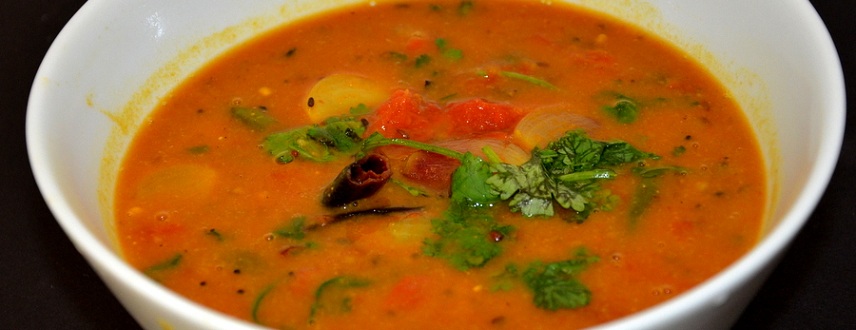

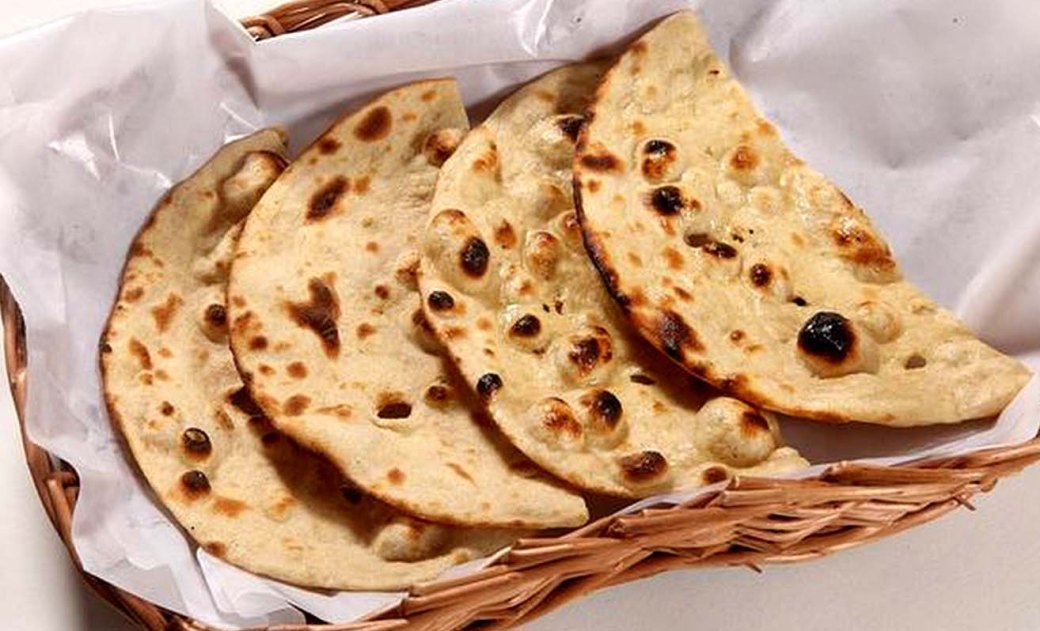
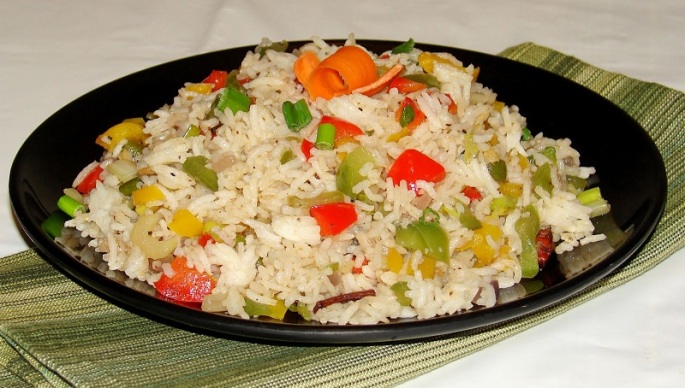
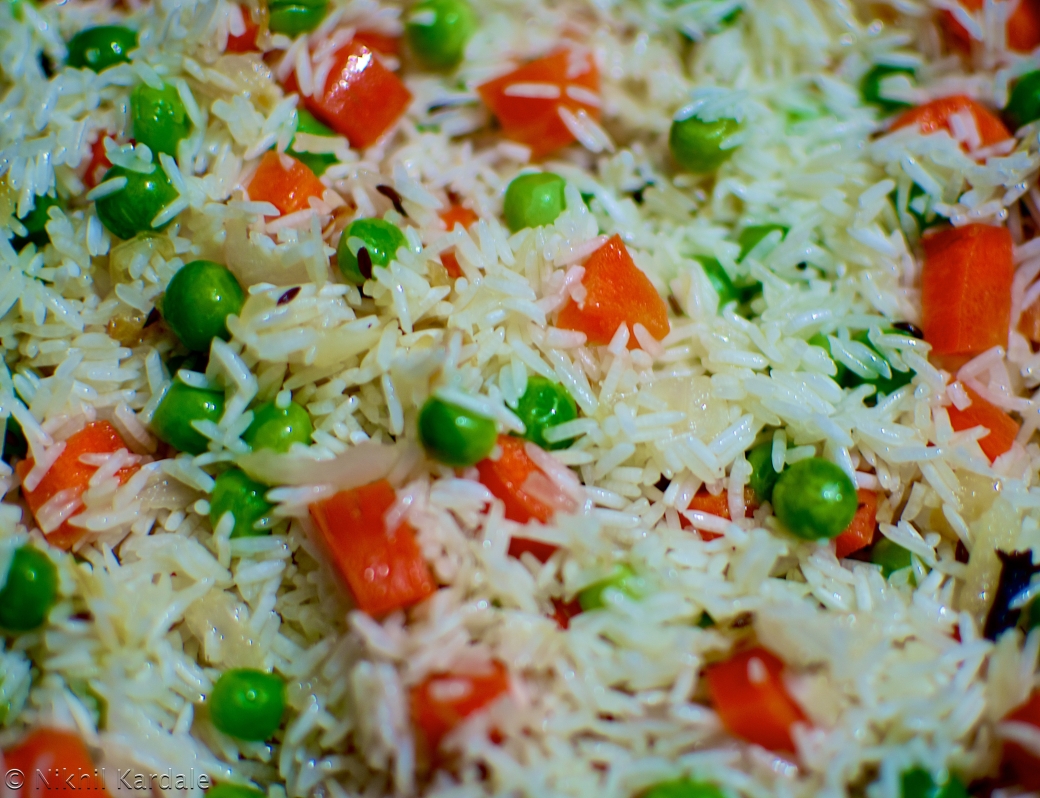

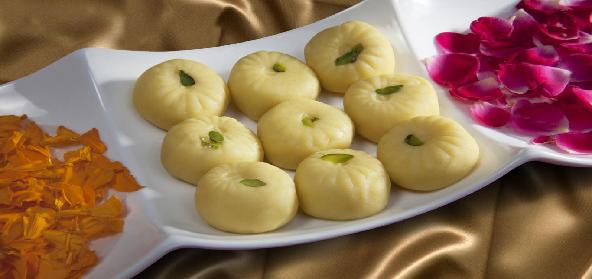

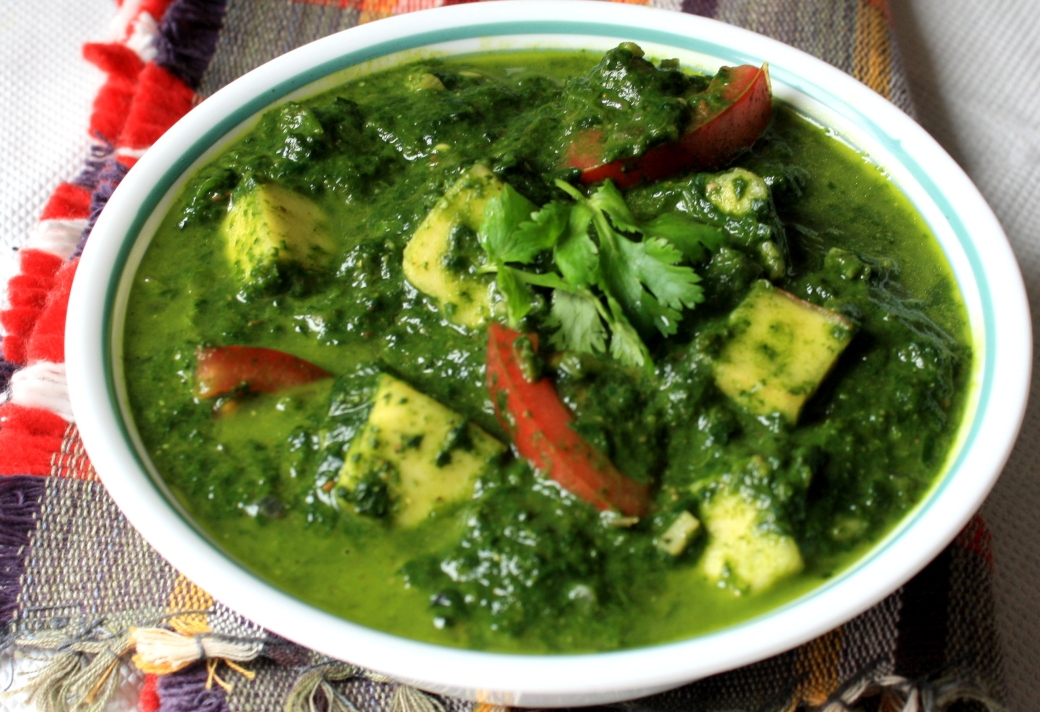
Recent Comments